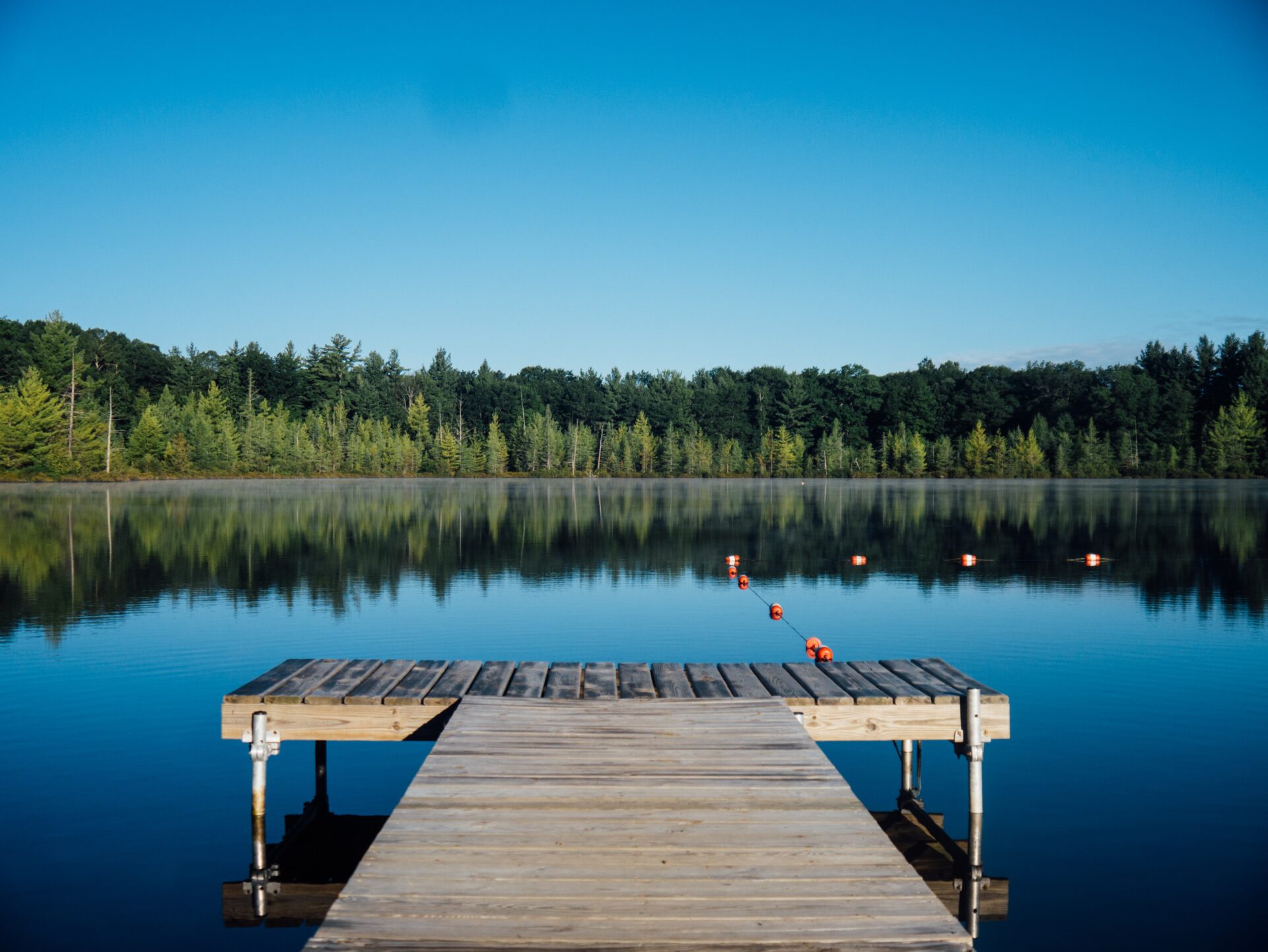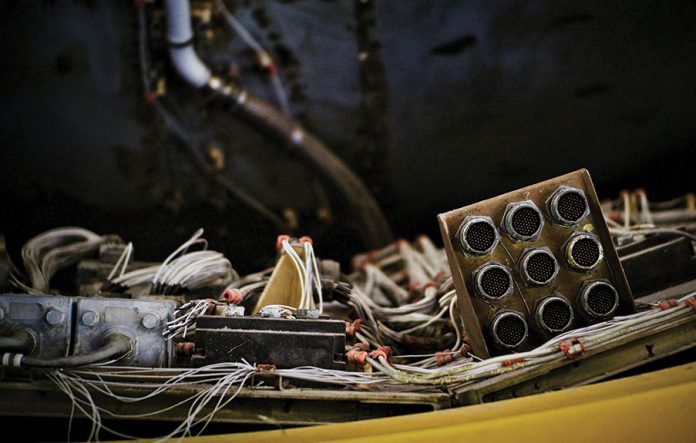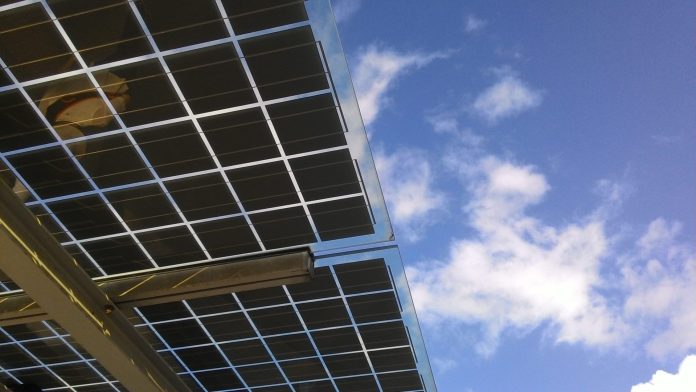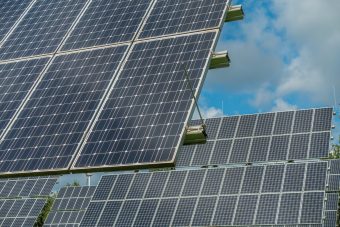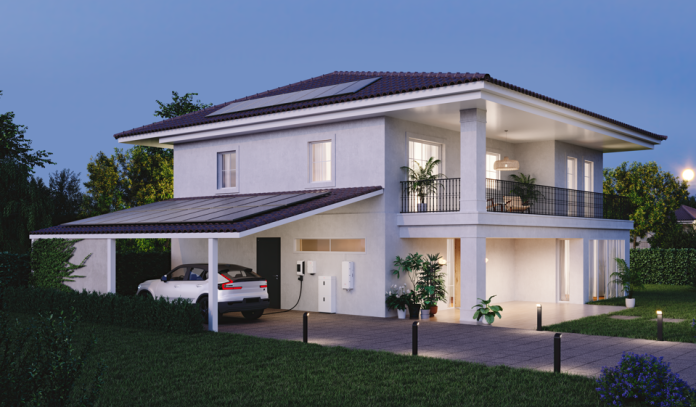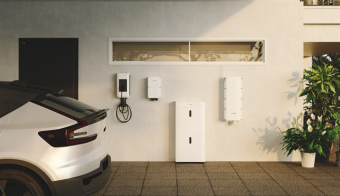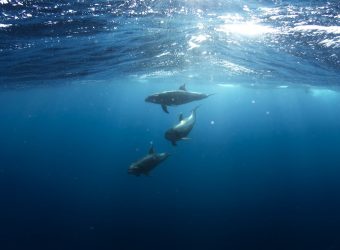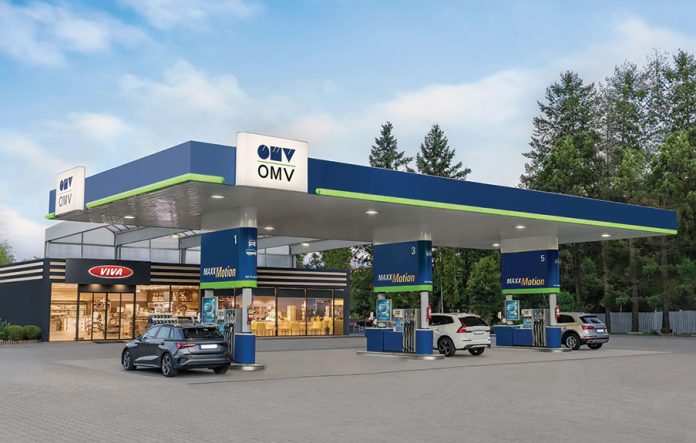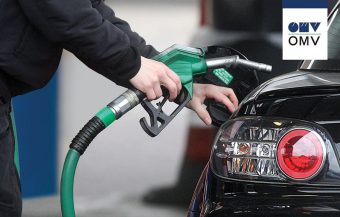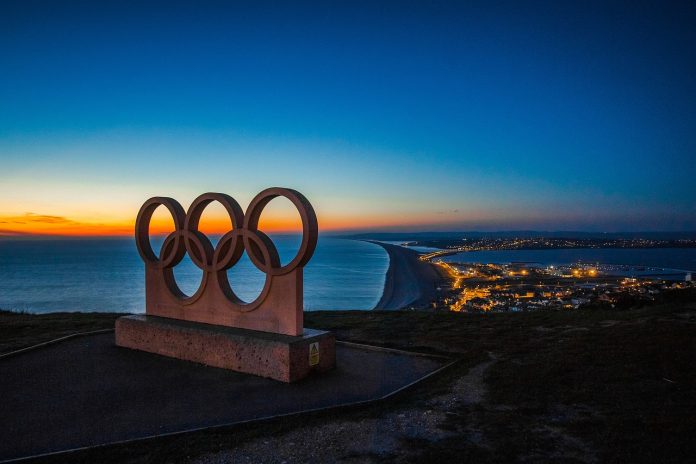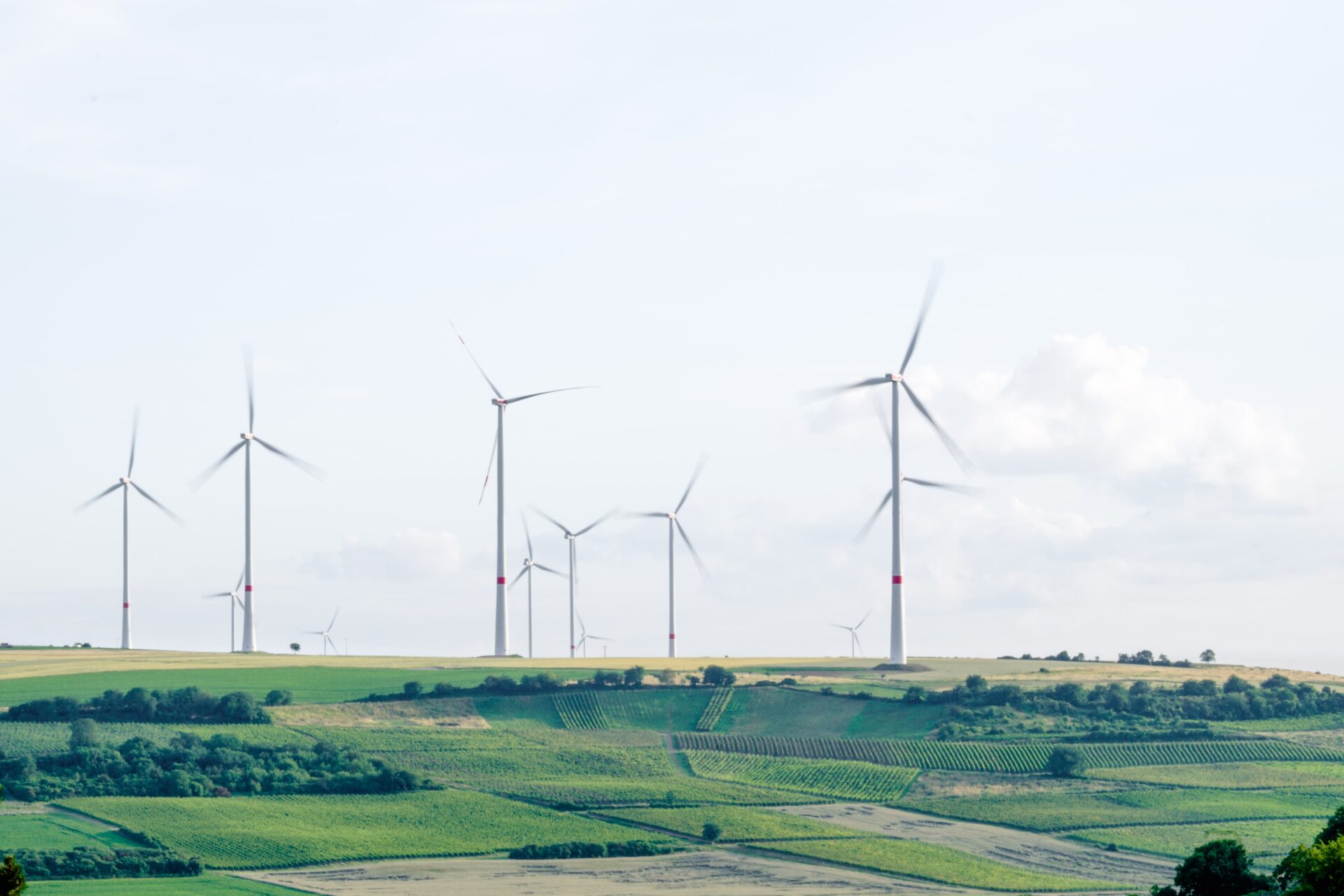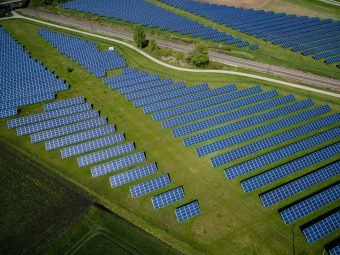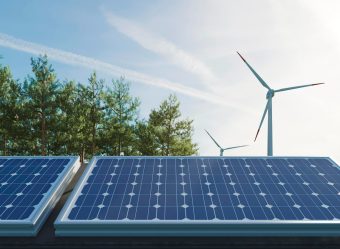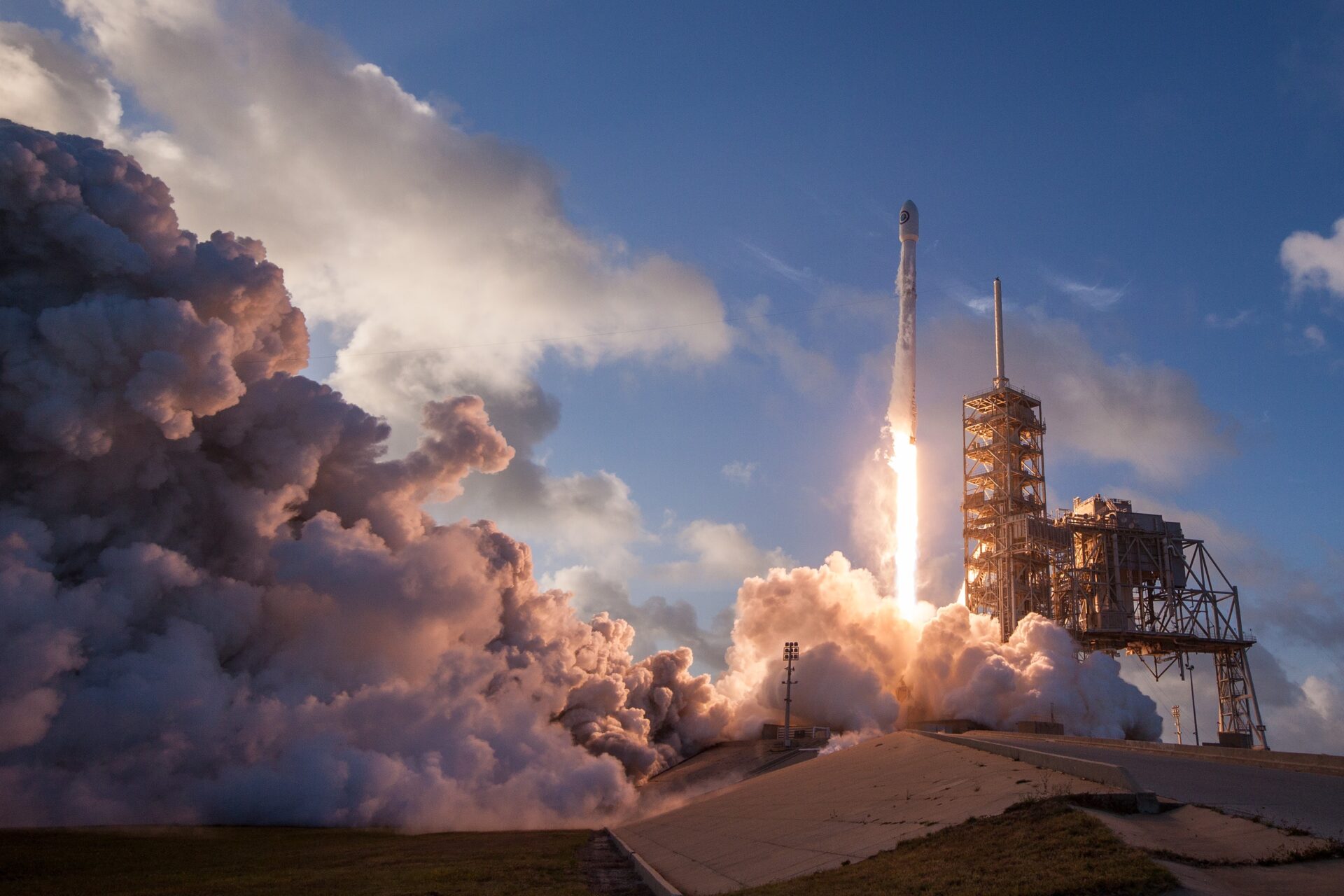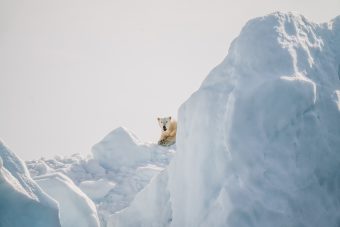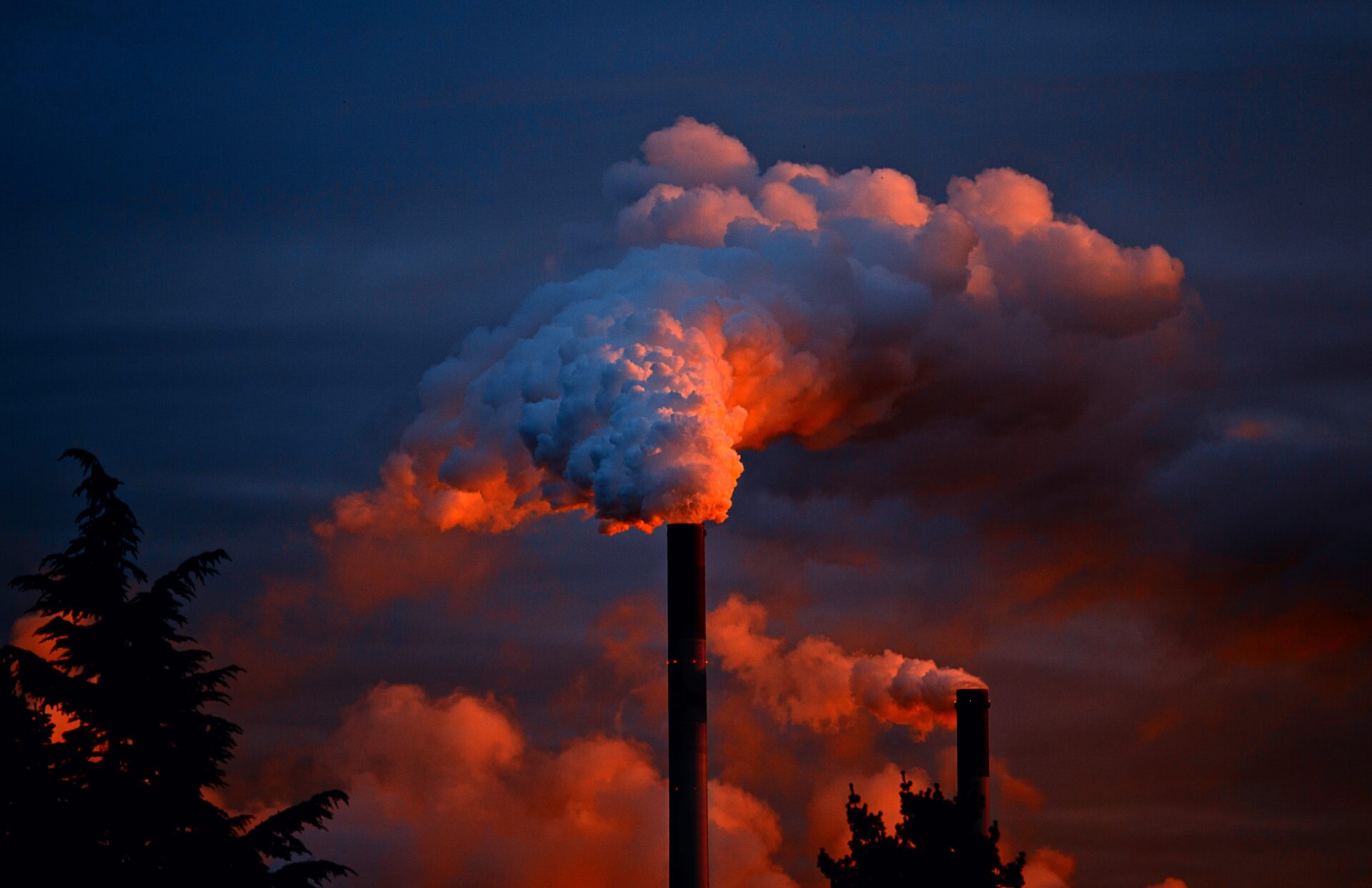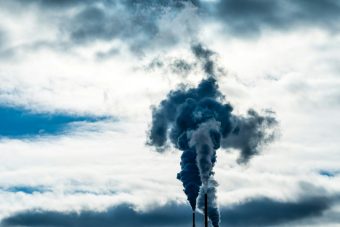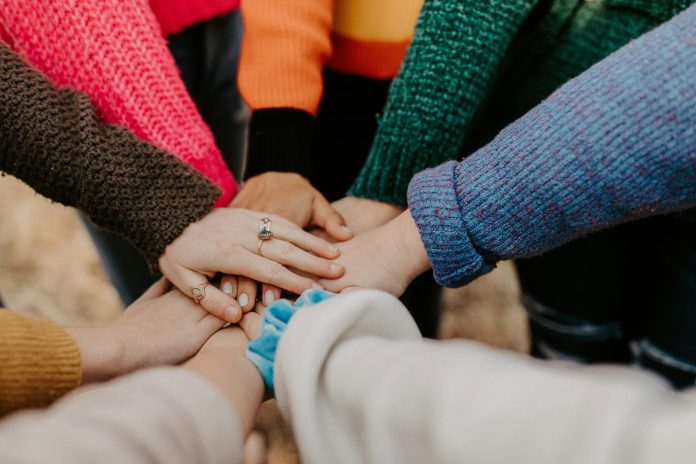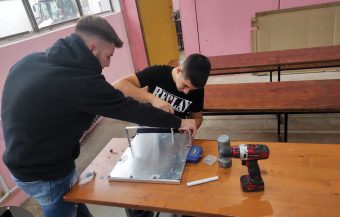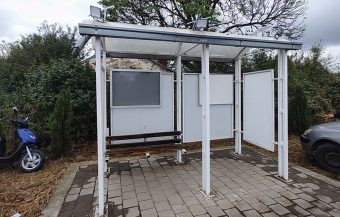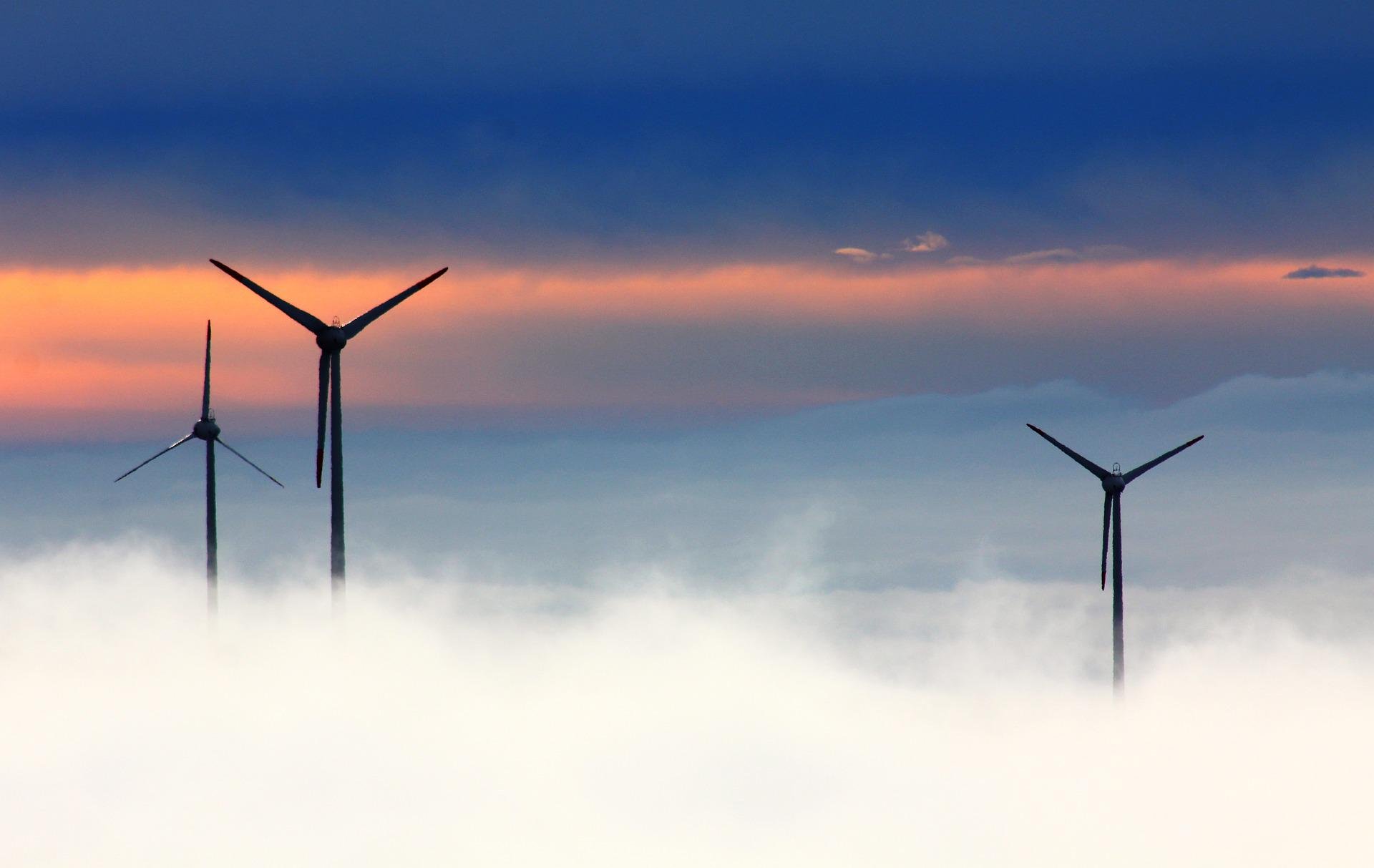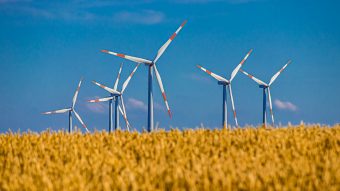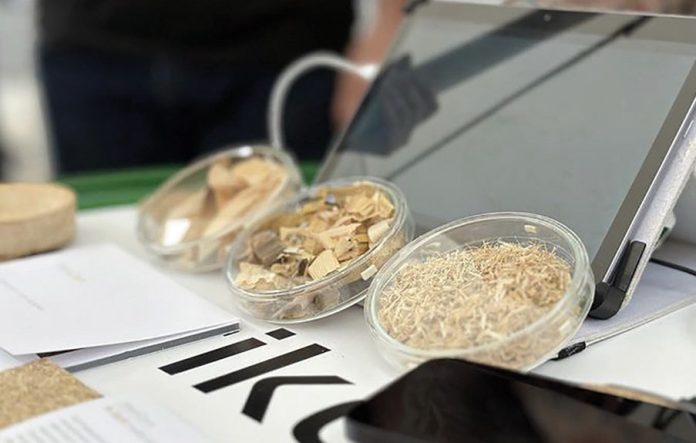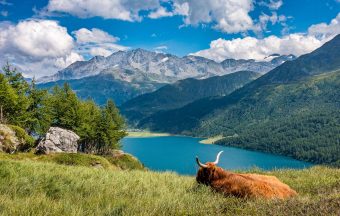
As you prepare for warm summer days ahead, you will be happy to learn that the vast majority – 85.4 per cent – of bathing water sites in Europe met the EU’s most stringent ‘excellent’ bathing quality standards in 2023. This is according to the annual Bathing Water report which was published by the European Environmental Agency together with the Commission.
The report focuses on safety for bathing, through monitoring of bacteria which can cause serious illness in people, rather than general water quality. While a large majority met the highest bathing quality standards, almost all – 96 per cent – officially identified bathing waters in the EU met at least the minimum quality standards. Just 1.5 per cent rated as ‘poor’ – 321 out of the 22,081 bathing sites – meaning they were found to pose health risks for swimmers.
More:
- ABOVE-NORMAL RAINFALL FORECAST FOR GREATER HORN OF AFRICA FOR JUNE TO SEPTEMBER
- CLEAN ENERGY IS BOOSTING ECONOMIC GROWTH
- OIL SPILLS POSE A BIGGER THREAT TO FRESHWATER ECOSYSTEMS
Nevertheless, while most of Europe’s bathing waters are in excellent condition from a bacteriological perspective, pollution of surface and groundwaters remains significant and may be made worse by the changing climate. Improving water resilience for people and for the environment in coming years will be key.
The Bathing Water Directive, which has helped improve the quality of water since its introduction in 2006, is one of several pieces of EU law that protect water. EU water legislation aims to ensure that all Europeans have access to good quality and sufficient water, and to guarantee the good status of all water bodies across Europe. The centre piece is the Water Framework Directive which, since 2000, represents the main law for water protection in the EU.
Source: European Commission


